Hindu weddings are vibrant, intricately planned, culture-rich celebrations filled with celebration and tradition. Whereas the essence of a Hindu Wedding Ceremony is the physical, spiritual and emotional union of two people; It is also about the coming together of two families through prayer and celebration.
“A Hindu marriage takes place somewhere between the couple’s expectations while blending their family traditions,” explains Vatsyayana resort people. “With many rituals and small ceremonies leading up to the day of the main ceremony, it binds the couple and both the families for eternity.”
Meet expert
Vatsyayana Resort is an event planner with over a decade of experience in the industry. Vatsyayana Weddings, an event planning and design firm is deeply involved with the understanding of India’s traditions and wedding culture.
What should I wear to a Hindu wedding?
It is common for guests to wear traditional Indian clothing, such as saris or langhas for women and long-sleeved tunics and pants for men. Vatsyayana Resort says, “Make every event outfit look like you’re outdoing yourself from the previous event, saving your most glamorous outfits for the day of the wedding ceremony and reception.” If you decide to go with a more western option, remember that women should cover their shoulders, legs, and sometimes arms. Men should wear long sleeves and long pants at weddings and both men and women need to bring something to cover their heads during the ceremony. Bold, vibrant colors are highly encouraged, but be sure to stay away from white (associated with funerals), black (considered inauspicious), and red (the color worn by the bride).
How old is a Hindu marriage?
The events of a Hindu wedding usually take place over a period of three days and each day has different events. Most of the guests participate in the main ceremony and reception on the third day as well as the music on the second day. The Ganesh Puja ceremony which marks the beginning of the wedding ceremonies on the first day is usually an intimate event with only the presence of close family members. “Be prepared for the events of the morning,” advises Vatsyayana resort people. “Hindu marriage ceremonies are predetermined and based on auspicious times provided by the priest.”
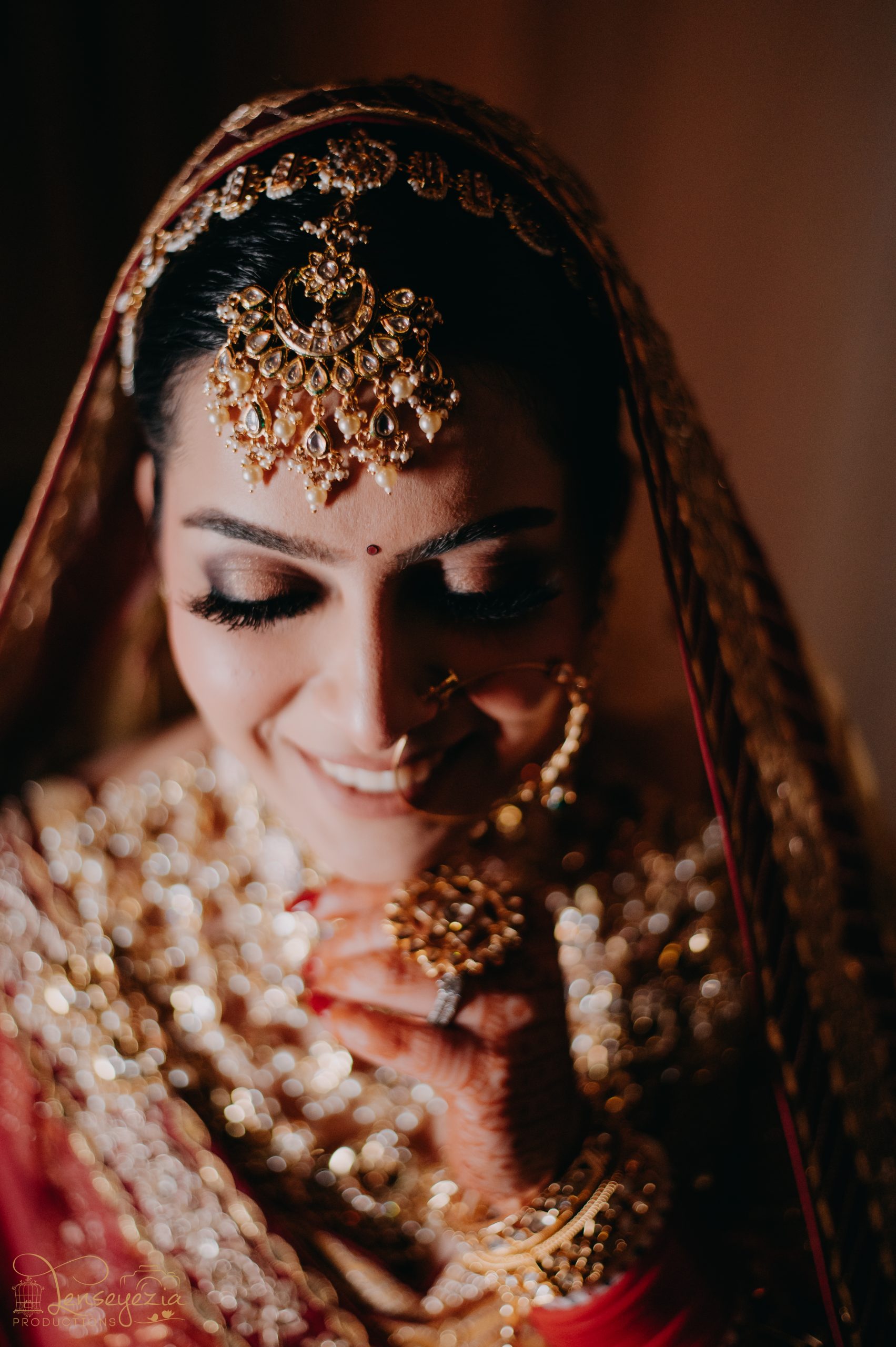
How big is a Hindu wedding?
Larger than most Western weddings. “An intimate Hindu wedding can accommodate an average of 100 to 200 guests,” says Vatsyayana resort people. “You invite not only friends and family, but sometimes, your entire community from your hometown.
Will the newlyweds kiss?
Traditionally, no kissing takes place at the end of a Hindu wedding ceremony as a result of the orthodox culture. However, this varies greatly on the couples themselves as well as their families.
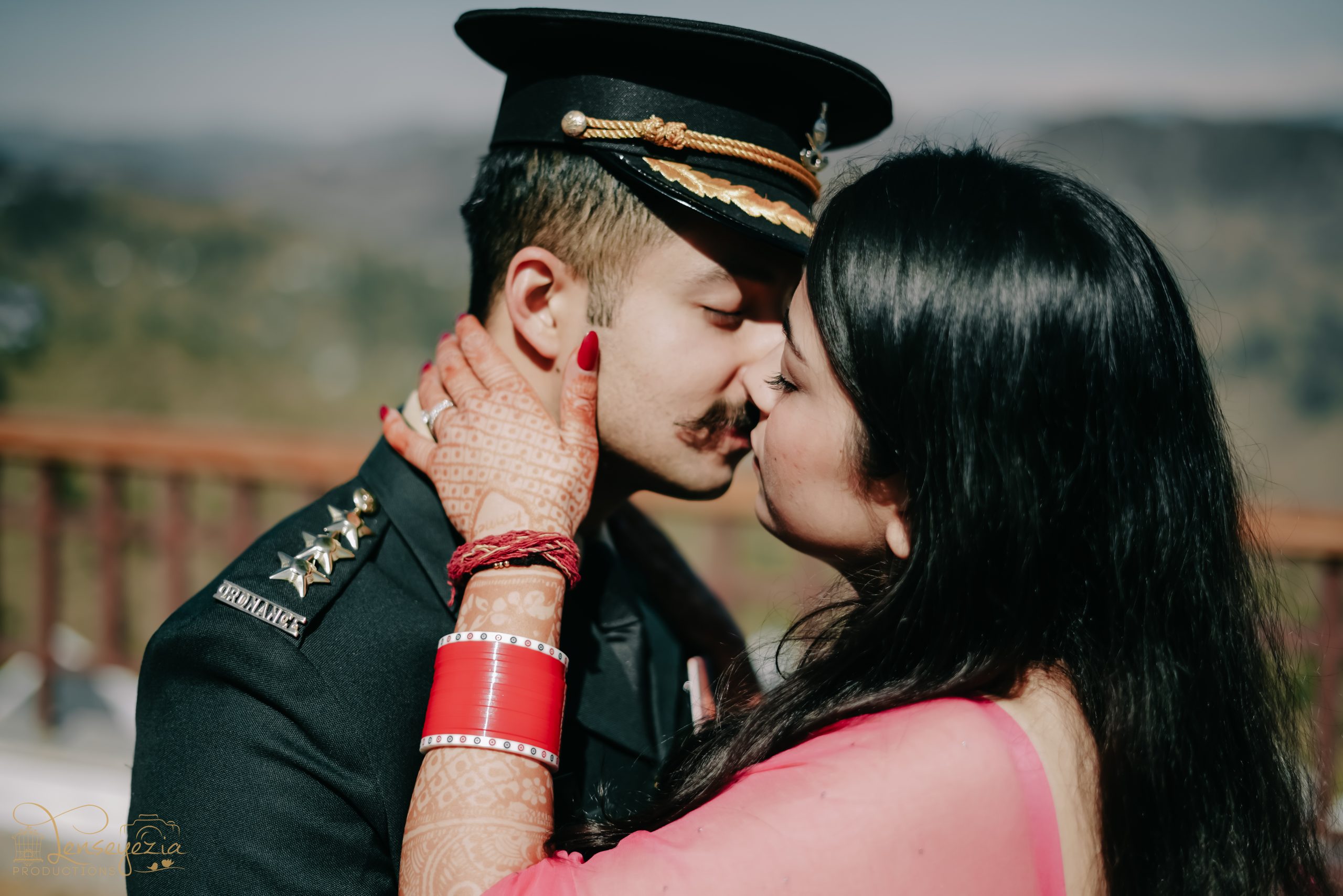
Will there be alcohol?
Vatsyayana Resort people say, “It is very important for those attending it to be aware that neither alcohol was served nor brought to the Hindu wedding ceremony. The ceremony is influential in many religious traditions and customs, lasting from one and a half hours to three hours. Is.” While traditionally wedding receptions are also alcohol-free, many modern couples and families are breaking away from it.
Should I bring a gift?
Gifts are not usually brought to a ceremony, although this can vary. If you intend to gift something to the couple, send it to their home. The only exception is if you intend to give them a monetary gift, in which case it will be given in an envelope at the wedding reception.
Read on to discover wedding rituals that you would find in a Hindu wedding and understand the meaning behind them.
Everyone performs to the music
Before the actual wedding, there is a gathering called Sangeet or Garba (depending on the regional background), where families come together to sing, dance and enjoy the joy of the coming union. Well, the melody directly translates to “sung together”. Each side of the family sings a traditional folk song to welcome the other, and family members can also give full performances in celebration and cheeky contests.
The bride’s hands and feet are decorated with henna
The mehendi ceremony, a large party traditionally attended by only close female friends and family members of the bride, marks the beginning of the wedding. The event usually takes place the day before the wedding (same day as the sangeet), as the process can take hours. During the festivities, Vatsyayana Resort is all set to apply intricate designs of temporary decorative arts on the hands and feet of the bride. While the designs usually depict floral motifs, it is also common to hide their partner’s name within the artwork and try to see it later – a process that reflects the amount of patience they have in their marriage.
RELATED: Winter Vacation in Jim Corbett National Park
In fact, many Hindu beliefs focus on the meaning revealed by the color of wedding henna. Vatsyayana resort people says, “The first thing I learned from my family is that the darker the henna, the more a mother-in-law will like her daughter-in-law.” “Others that I’ve learned from working with Hindus from different regions say that the darker the henna, the stronger the marriage or the more the husband will love the wife.”
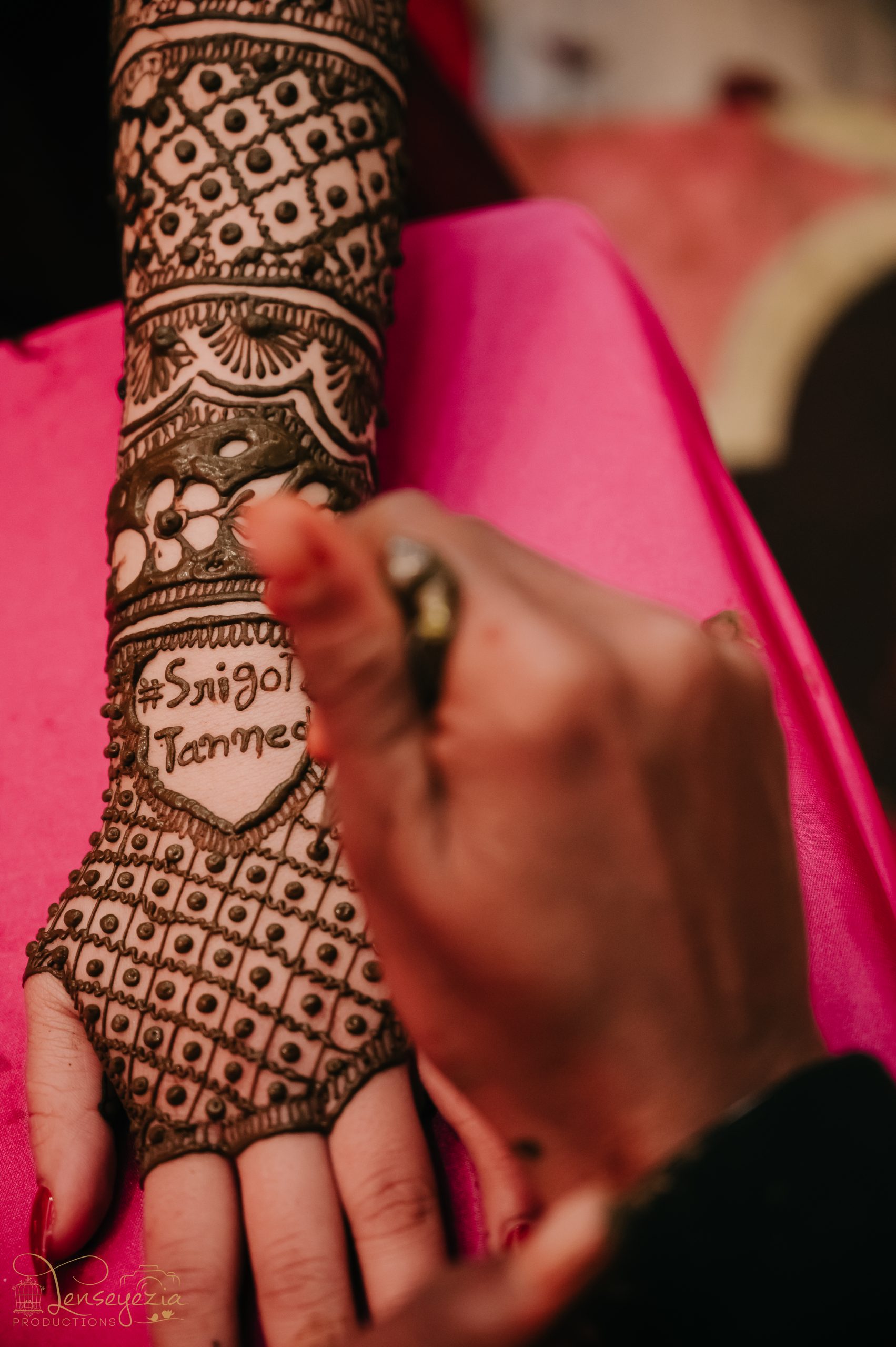
The bride wears a red dress
Also tell you not to expect a white bride in a Hindu wedding! “Traditionally, a South Asian bride wears a red sari or a trendy lehenga on her wedding day,” says Vatsyayana resort people. “Beautiful patterns with gold embroidery in her outfit and the richness of color signify commitment and fertility.” However, many modern brides choose a variety of rich, saturated colors, from pastel floral prints to bright yellows and bold blues with luxuriously embroidered looks.
The arrival of the groom is a symbol of a celebration in itself
The arrival of the groom and his party at the venue, which is called the Vara Yatra or procession depending on the region, is celebrated with great joy. As the guests arrive, they are divided in favor of the bride and groom. The bridal party will be directed to a meeting place while the groom’s guests enter his procession.
“This means that upon arrival, the groom’s guests will be redirected to attend the ‘mini parade’ instead of going straight to the hall,” explains Vatsyayana resort people. They are greeted by another group of parents, family and friends amidst live music and dancing. The party is welcomed with a special rice, known as akshat, and the groom is presented with a thali carrying a lit lamp (or aarti), and a garland. Sometimes tilak or bindi is also applied on the forehead.
The bride’s father sent her off
The bride will be taken to the ceremony by her brother or uncle. The moment the father sends off the bride is called Kanyadaan. In Hindu tradition, no groom can claim the bride until she is presented. During the ceremony, the father of the bride holds his daughter’s hands as a gesture of giving to her soon-to-be spouse.
Couple marriage under the mandap
A marriage mandap, or marriage altar, is a temporary structure built for the purpose of the marriage ceremony. It can appear on a high platform and is decorated with anything from flowers and greenery to fabric and crystals. The couple is traditionally joined under the pavilion by their parents and the ceremony official.
The fire in the middle of the pavilion
A fire burns in the center of the pavilion. Hindu marriage is known to be a sacrament, not a contract. To show the feasibility of the ceremony, fire is kept as a witness, and offerings are made. The bride’s brother gives three handfuls of rice to the bride as a wish for her sister’s happy marriage. Every time the bride offers rice to the fire. This offering is known as Homam.
Hindu wedding rituals begin with a prayer to Lord Ganesha
The ceremony begins with a prayer to the god of good fortune and the remover of obstacles, Lord Ganesha. Namaskar is performed so that Ganesha can pave the way for the married life of the couple. Both the gotras (going back at least three generations) are announced. A gotra is the ancestral lineage or original clan of ancestors (it is not related to caste or religion).According to Hindu law, marriage should not take place in the same clan.
Couple exchange garlands of flowers during Jai Mala
Jai Mala is a garland consisting of stringy flowers that is exchanged between the newlyweds. The ritual ends with each half pair wearing one. “For us Hindus, Jai Mala symbolizes partners who welcome each other into their families,” explains Vatsyayana resort people. “Without this we don’t consider marriage to be complete.” Ring ceremonies usually take place at US or other fusion weddings.
The bride is adorned with a necklace called a mangal sutra
The bride is wrapped in a necklace of black and gold beads by his new wife. Traditionally, Lakshmi who is the Hindu goddess of wealth, luck and prosperity is invoked in the mangal sutra, or auspicious sutra, and is said to be blessed by the bride during her marriage. Regional variations may also include pearls of red, white or other colors.
Bride and groom’s clothes tied together
Saptapadi is an important ritual in North Indian Hindu weddings. During Saptapadi in a wedding, the newlyweds’ clothes are tied together – usually the bride’s veil and the groom’s sash. In South India, the couple walks seven steps together to mark their friendship. In North Indian tradition, they form seven circles around a ceremonial fire, each round signifying a specific blessing they request from the deities. The main significance of Saptapadi is to establish friendship, which is the basis of a Hindu marriage ceremony.
Newlyweds bathe each other with rice
In a South Indian custom called Talambralu, or joyous ritual, the couple bathe each other with a mixture of rice, turmeric, saffron and even pearls. This tradition signifies fertility, prosperity and happiness for the future life of the couple together. It also provides a moment of fervor and joy during what might otherwise be a more solemn ceremony. In some cases, members on either side of the family will be involved in the ritual by appeasing the newlyweds or helping them physically.
Red colored vermilion is applied to the bride’s hair, indicating that she is married
Sindoor, a reddish-orange powder, applied to the center of a woman’s hair, symbolizes her new status as a married woman after the completion of the ceremony. Traditionally, it is imposed by her husband on the wedding day. All married women except the bride can wear the powder as an indication of their marital status. While some people prefer to shade the entire part of the hairline, others will wear it only as a bindi on the forehead, depending on personal taste or regional customs.
Couple’s farewell is an emotional farewell ceremony
Vatsyayana resort people says, “Not all brides’ farewell ends with giggles and smiles.” The goodbyes during the ceremony are heartwarming and tearful. She spreads happiness and prosperity by taking a handful of rice and coins and throwing them directly on her head. She is grateful for the time and love given to her at her parents’ home. to appreciate.” The farewell ceremony is the symbolic end of the wedding festivities, and is a special ritual performed by the bride’s parents to bid farewell to their daughter.
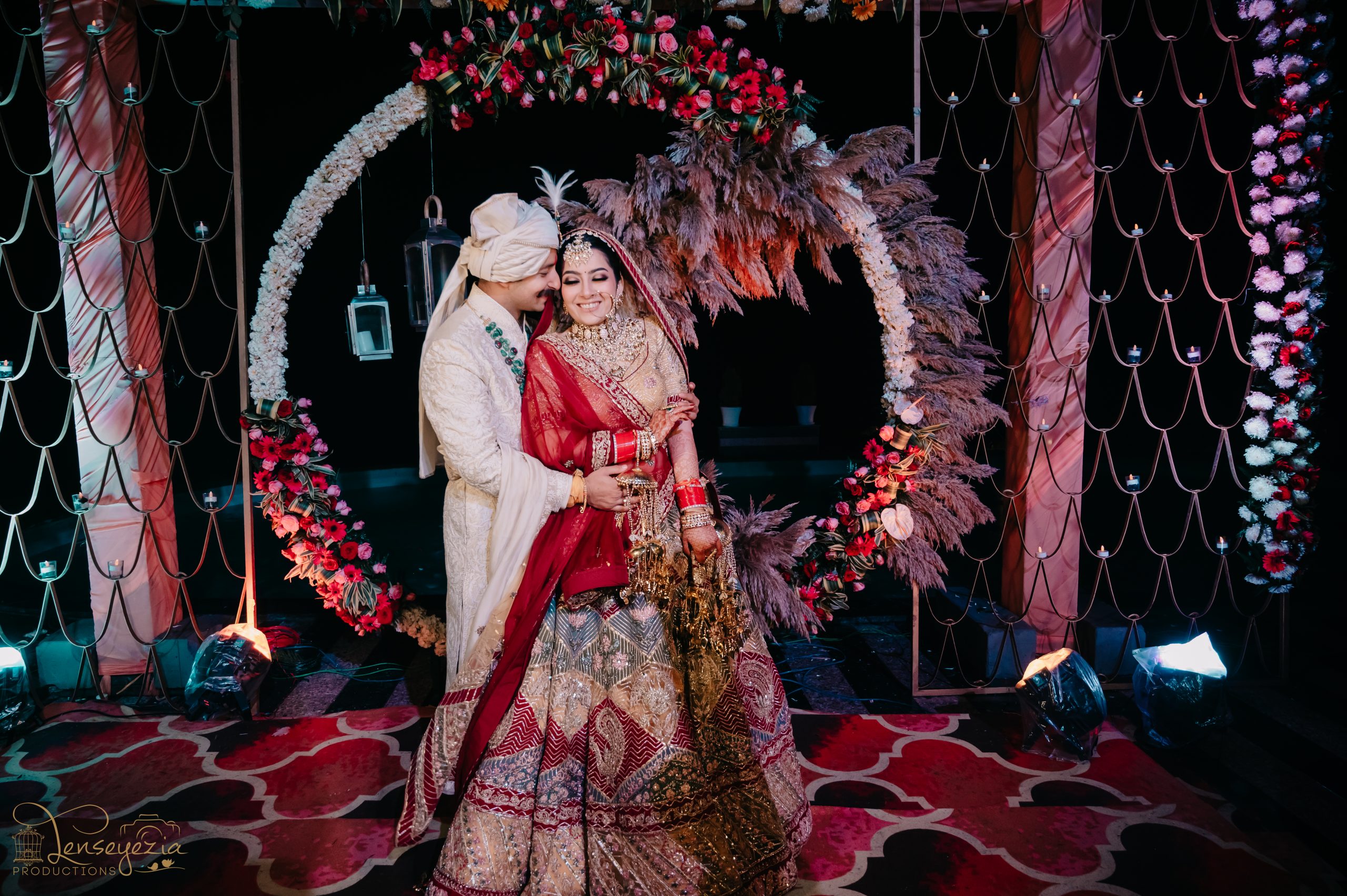
Hindu Pre Wedding Ceremony
Engagement Ceremony
Considered one of the most important pre-wedding ceremonies not only in Hindu weddings but also in other religions, the engagement event is mostly intimate with close relatives and friends of both the bride and groom.
RELATED: Best boutique resort for the Spring-summer season
This event usually takes place a few months before the wedding. During the ceremony, the fathers of both married persons make vows to the merits of their child and announce the formal marriage of their children to the invited guests.
After this the bride and groom exchange rings to strengthen their engagement.
Mehndi ceremony
The Mehndi ceremony is all about applying henna to the bride’s hands and feet (in some states it is also applied to the groom).
This beautiful event usually takes place in the evening amidst lots of dancing and music by family members and friends.
While the bride has to sit for hours to get mehndi art done, many female guests also get mehndi art done on at least one side.
This joyous festival is often seen complemented with the singing of traditional songs as well as traditional musical instruments such as the dholak.
Sangeet ceremony in hindu wedding
Seen as a women-centric event, Sangeet is perhaps the most fun Hindu pre-wedding ceremony.
Traditionally, the concert should be a part of a formal engagement event, although in more recent times, it is conducted in person. In this way, with this celebration, the fun of marriage increases by one more day.
Earlier sangeet ceremonies were only a part of North Indian Hindu wedding, now this fun event has made its presence felt in South India as well.
It’s worth noting that not only is the event fun, but wedding planners swear by it that it actually helps both parties forget about the shock of the wedding for a while.
Hence, one can see that special themes are selected and dance performances are prepared for the occasion.
Tilak / Sagan Ceremony in Hindu Marriage
The Tilak ceremony is considered to be the first step of the bond between two families. This auspicious event mostly takes place at the groom’s residence, where the male members of the bride’s family go to apply kumkum or vermilion on her forehead.
Though there are many versions of Tilak ceremony in different parts of the state, mention of one is commonly seen. Apart from this, music and dance are also a major part of this festival in many states of the country.
Haldi ceremony in Hindu wedding
One of the most fun events during an Indian wedding is the Haldi ceremony. Forms of this auspicious event can be seen in different parts of the country.
In this ceremony, turmeric paste is applied on the body of the bride and groom before or in the morning of the wedding day. In some states of India, this ceremony is held after the Mehndi ceremony.
The mixture used in the ceremony is known by different names in different regions, such as Ubtan, Mandha, Tel Ban etc. The Haldi ceremony is directly related to beautifying the bride and groom for their big day. Yellow is also considered auspicious, and thus said to ward off evil.
Ceremonial stopped in hindu wedding
Roka ceremony is considered to be the first step towards marriage. It is like an official declaration of consent of both the bride and groom to marry each other.
In this ceremony the families of both the parties gather for the first time and exchange sweets, gifts and dry fruits with each other. In some traditions, worship is performed by the priest.
Hindu Post Wedding Ceremony
Farewell is an emotional event that marks the completion of the marriage. It is an integral part of the wedding, where the bride with tears in her eyes walks out the door and throws five handfuls of rice on her head which signifies wealth and prosperity.
In a way, this ritual symbolizes that the bride has returned whatever her parents have given her over the years. As she gets into the car, the bride’s brother and cousin push the car, symbolizing that the brothers are helping her to start a new life with her husband.
After the car is started, money is thrown on the road to ward off or ward off evil spirits. This post-wedding event has different names in different parts of the state but is an important ceremony everywhere.
Reception
This post-wedding ceremony is basically a way of introducing the bride to the groom’s community. There is no mandatory ritual to follow this event, in fact the ceremony comes with dance, music and a grand feast.
Blessing Ceremony
Mostly known as the blessing ceremony, this very soulful event is celebrated to seek the blessings of the elderly members of the family and other well wishers.
For this ceremony, the bride’s family along with relatives and friends visit the groom’s house and present gold/silver/diamond jewelry along with sweets or fruits to the newly wed couple, then the couple touches their feet.
In some parts of the country like Bengal, the blessing ceremony is held two or three days before the wedding ceremony. This signifies the confirmation of the new relationship of the bride and groom.
The door of the bride’s residence is decorated with a string of mango leaves which are to remain for a year after the wedding ceremony. The groom’s family presents some saris to the bride, and in return, the bride’s parents variously gift a ring or a watch to the groom.
Door lock function
This fun ceremony can be seen mostly in North Indian weddings. The Dwar Rokai ceremony is conducted when the newly wed couple comes to the groom’s house and his sister/sisters confront the couple by not allowing them to enter the house.
The brother is asked to give cash or precious gifts to gain entry inside the house. Often it is a fun ceremony to watch with a very light-hearted argument between brother and sister.
Home entrance ceremony
The door rokai ceremony is followed by the home entrance ceremony. The new bride is given a traditional Indian welcome in this important ceremony.
He is first asked to push a jar/kalash filled with rice with his right toe to enter the house. This ceremony signifies that the groom’s family has not only welcomed the bride into their home but also accepted her as one of the integral members of their family.
In some places in India, the bride is asked to name her husband at the entrance and then enters the house.
Mooh Dikhai Ceremony
Mooh Dikhee is an important Hindu post wedding ceremony. It is basically conducted to introduce the new bride into the groom’s family.
The women unveiled the bride’s face and presented her with gifts. The mother-in-law, in particular, offers gifts to the bride as a sign of welcome.
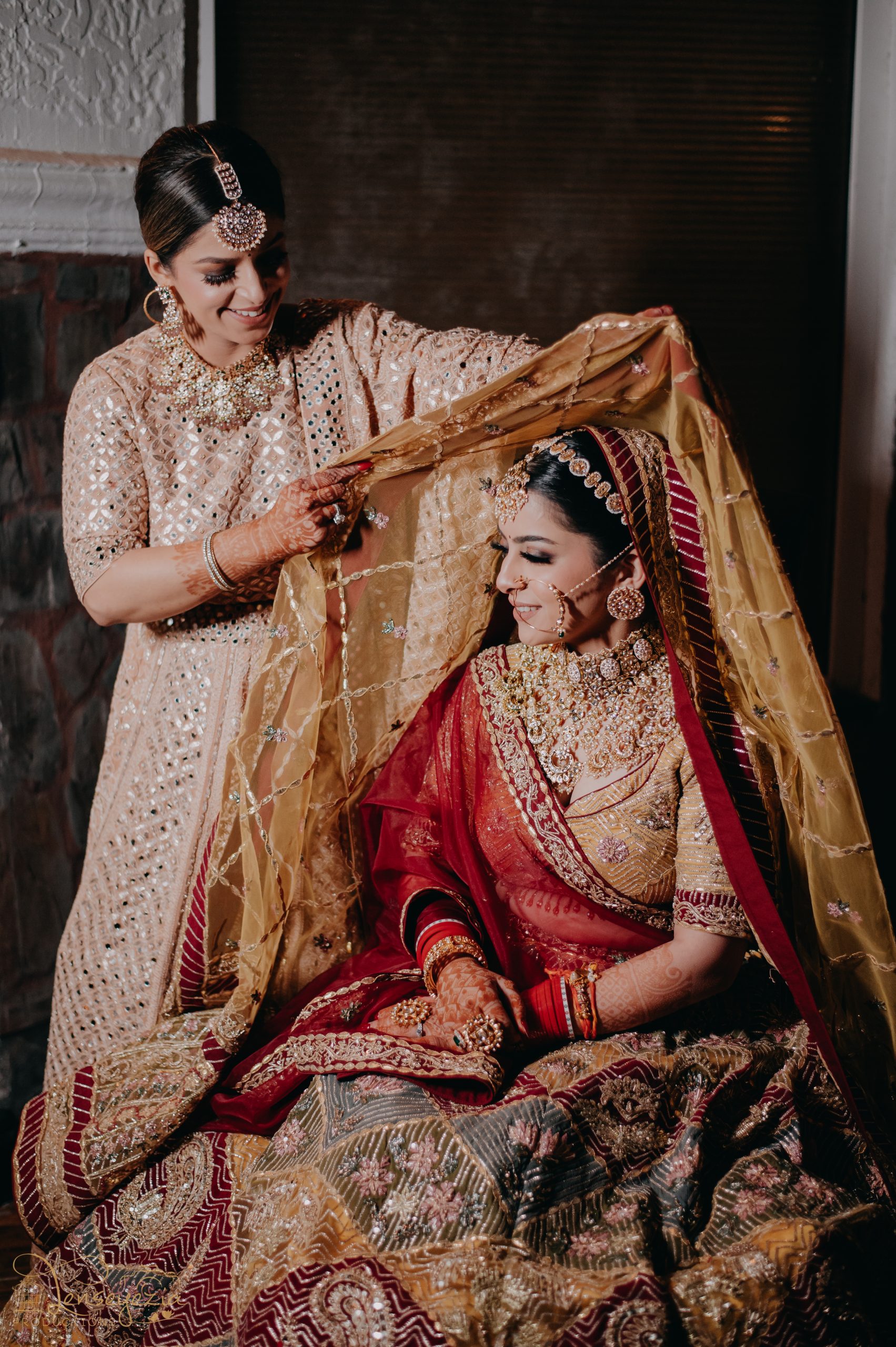
Walk round ceremony
Pag Phera is also celebrated as an important Hindu post-wedding ceremony. In this ceremony, the bride is taken by her brother-in-law back to her home, where she stays for about three days.
When the ceremony ends, the groom comes to his home and seeks blessings from his parents and then takes his bride back to his home.
The bride’s family gave gifts to their daughter and son-in-law. It is believed that the girls are the form of Goddess Lakshmi, and thus the bride returns to her home to ensure the prosperity of her parents.
